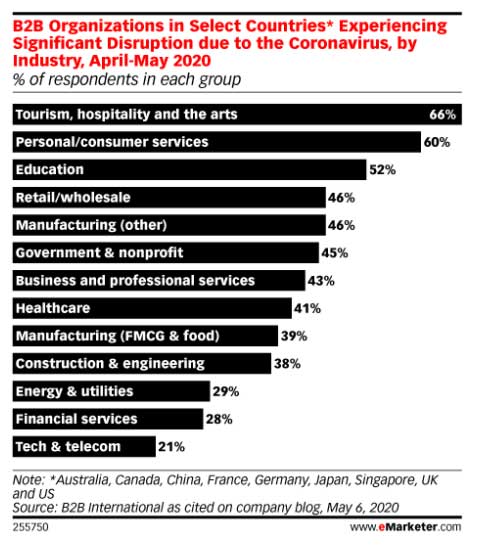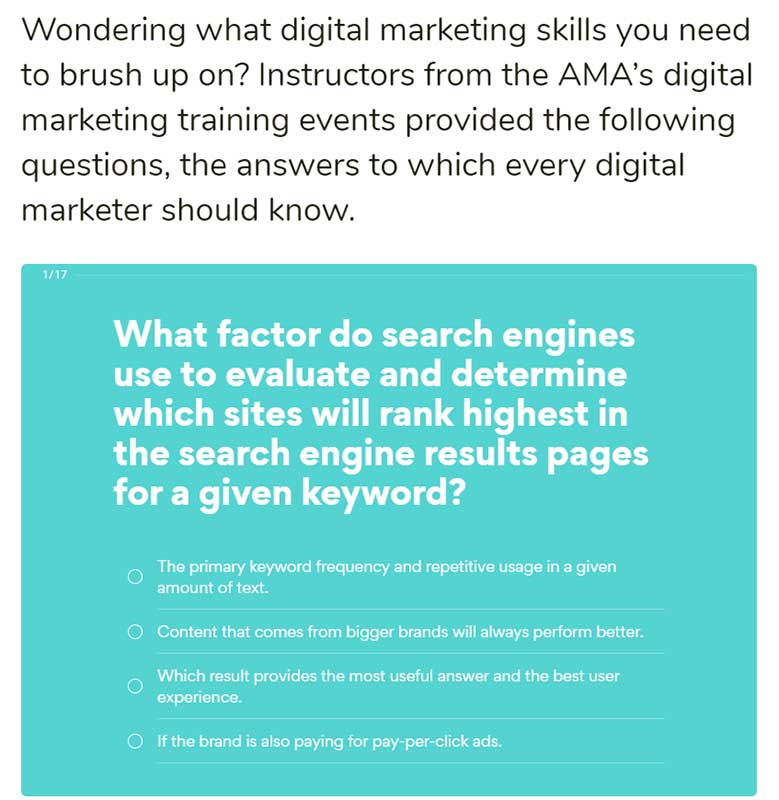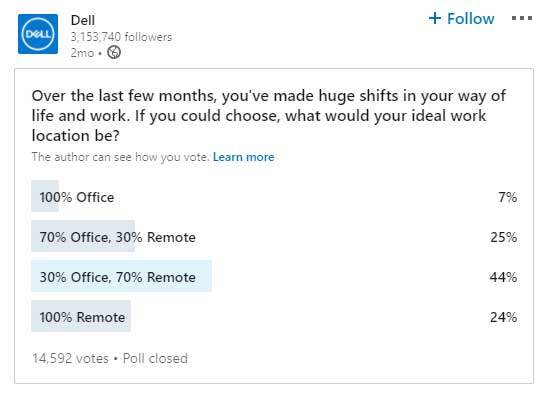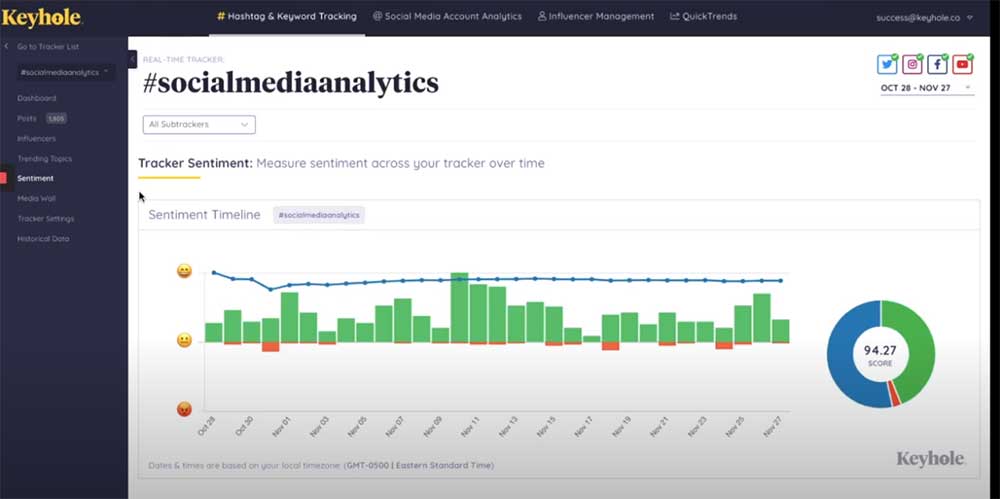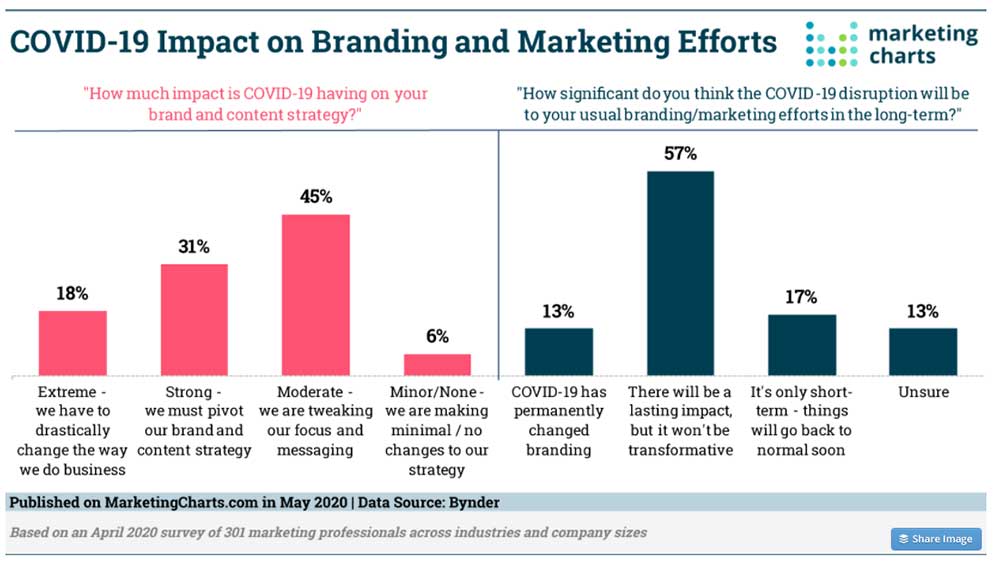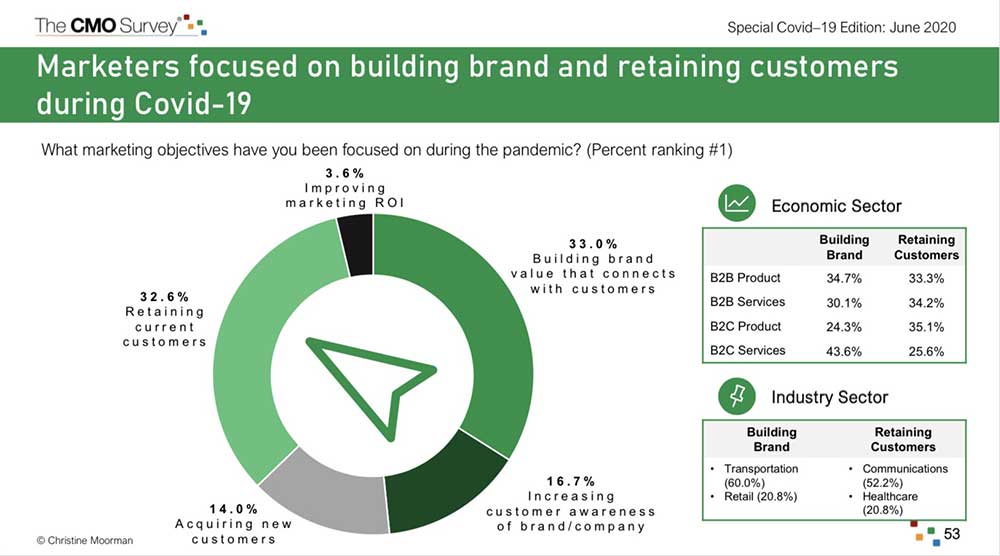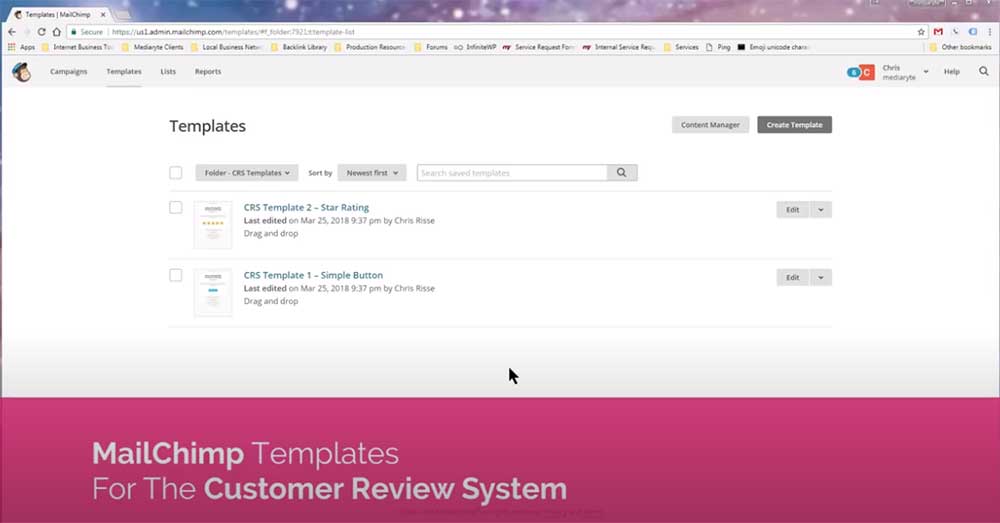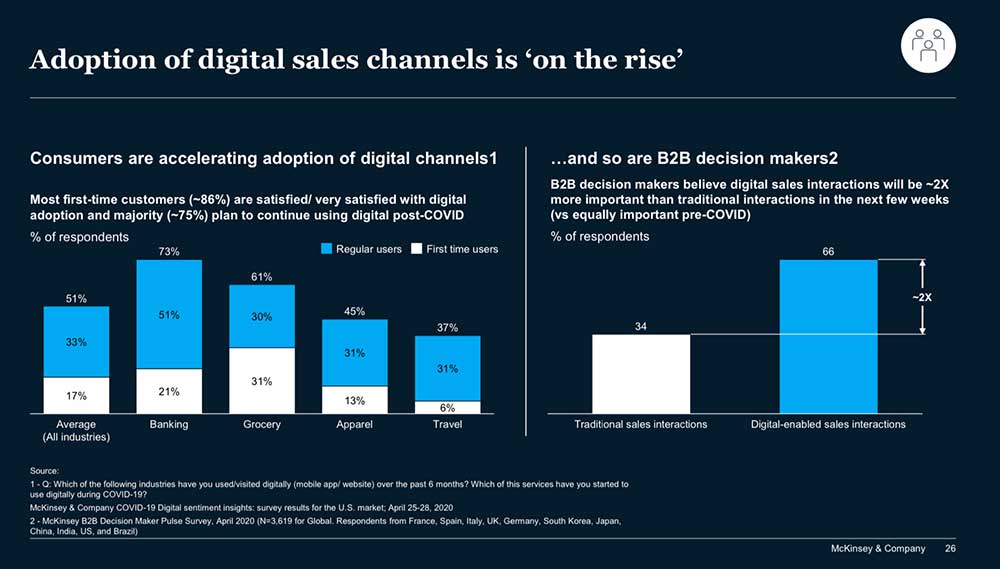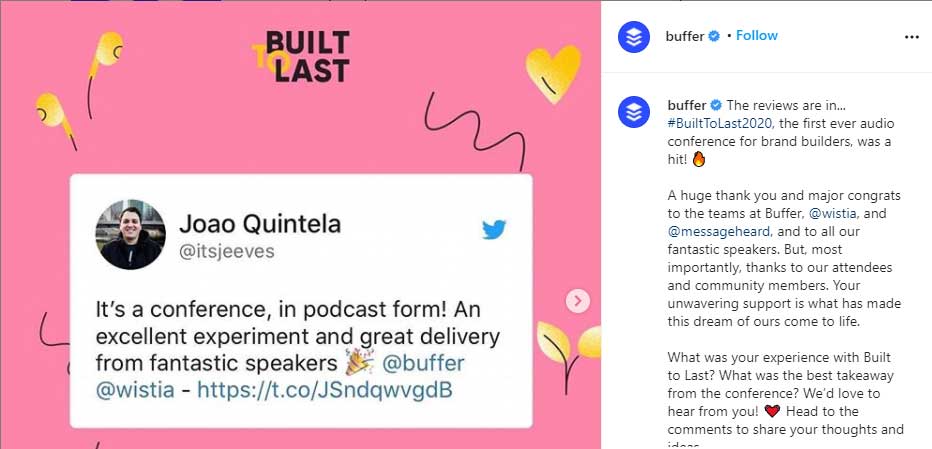Can you keep your brand relevant during a significant upheaval? From customer service to sales, communication is key to generating leads and retaining clients. However, marketing is no longer relegated to a few segments of the buyer journey. Instead, every touch-point must be optimized to convey clear and consistent messages.
Increasingly, companies want quick, creative, and inexpensive solutions to reach B2B decision-makers. Yet, 56% of marketers say “managing shifting priorities or strategies is one of the main challenges at the moment,” according to NewsCred and Sirkin Research. Furthermore, 42% say their marketing team “lacks the bandwidth to quickly create new content.”
Although times are hectic, you have a unique opportunity to improve your brand’s visibility, reputation, and communications. Complete one or more tasks in the following areas to ensure a memorable and trusted experience for your B2B audience.
Adapt to Changing Buyer’s Journey and Personas
Over the past few months, your buyers have seen their work lives changed. And nearly all industries face some ongoing challenges. Data from Business Insider highlights organizations with “substantial disturbance to their business,” including :
- Tourism and hospitality
- Personal services
- Education
- Wholesale
- Manufacturing
These changes affect how companies approach buying decisions, interact with potential vendors or suppliers, and prioritize big purchases. Update your buyer personas and re-map the customer journey by applying these tactics.
1. Ask Important Questions About B2B Buyers
To address shifting priorities and altered B2B habits, it’s vital to review your target market and update your customer journey. After all, it’s difficult to communicate with your audience if you don’t fully understand the temporary and permanent changes to their workflow. Without reassessment, you risk losing their trust and leaving your brand promise unfulfilled. Learn about your B2B buyers’ state of mind by looking at:
- How clients’ attitudes, habits, or needs changed
- What new challenges decision-makers face and how they’re reacting
- How changes to the purchasing process affect sales interactions
2. Conduct an Online Assessment of Your Audience
One of the best ways to learn about your customers is to develop an online assessment or quiz. Provide value to your clients by offering a trivia or personality quiz that gives them helpful insights while providing you with valuable client research data.
Trivia quiz. Create a questionnaire that focuses on industry trends, buzzwords, news, or technology. A trivia quiz allows you to test your audiences’ subject knowledge and skills while delivering an interactive activity. Gain market insights by tailoring quiz questions to your ideal clients.
Personality quiz. Consider offering a best practice assessment or technology readiness quiz. Your client finds out what role they play or how their existing skillset could improve, which helps them perform their job better. But, a personality quiz also teaches you about your client’s role in the process.
3. Add Polls to Your Weekly Marketing Campaigns
The fast pace of behavioral changes and buying priorities makes it tough for you to keep up with your company’s target market needs or wants. Adding weekly polls to your strategy is one way to keep track of these changes.
Find poll ideas by reading industry news affecting your audience. Your polls should target your ideal clients while providing insights relevant to your B2B brand. Consider asking:
- Are you shifting to more local or regional advertising?
- Will your workforce remain remote?
- Select the answer that best describes your current work mood.
- Which statement reflects your current sales volume.
4. Invest in Social Monitoring and Listening Tools
Tracking behavioral changes is tough when your clients use a variety of digital channels. With a social monitoring tool, you can get an alert when your brand is mentioned. In contrast, a listening tool gives you data about industry-specific keywords or topics.
An easy way to add social listening to your marketing repertoire is by using If This Then That (IFTTT). You can set up an alert each time your brand is mentioned on a blog or website. Or use Hootsuite to alert you to social media mentions. For monitoring, consider Keyhole, which tracks keywords and hashtags in real-time.
Use this data to revise and refine your buyer personas. By staying on top of customer sentiment, you can make sure you’re creating the right marketing materials to reach your audience.
Review Your Product & Marketing Strategy
With the rapid shift to remote work, some of your product’s features may no longer be applicable. However, there may be other aspects that appeal to a newly all-digital workforce.
- Can your B2B clients benefit in a new or different way than previously noted?
- Are there unconventional workflows that your product helps with?
- Does its current design and packaging reflect today’s needs?
You may need to review your brand positioning to decide if you should modify your messaging to support evolving needs. For example, many brands are including language about safety or staying connected to address new customer concerns. Take a closer look at how well your existing product and marketing strategies work by adopting these techniques.
5. Help B2B Clients Reach New Goals
Your business clients are adapting to market changes by retooling their strategies and skillsets. Adjust your marketing strategy to support these changes and add extra value to your business offering.
For example, The CMO Survey reports that social media budgets rose from 13.3% in February 2020 to 23.2% in June as businesses leaned on social media to reach customer retention or brand awareness goals. Furthermore, a Tech.co survey of small business owners shows, “76% have upskilled during the lockdown – with SEO, social media, learning a new language, and data analytics coming up as the most common new skills being picked up.”
Find out how your clients are rethinking their business, then look for ways to deliver value. Consider creating industry-specific cheat sheets, best practices, or how-to guides that reflect your brand and products while providing actionable advice.
6. Examine Recent Product and Service Reviews
Collecting and acting on reviews is an essential part of your marketing strategy. Reviews provide product and customer data about potential problems while giving you a solid list of conversational keywords to use in your digital marketing assets. Start with actionable review strategies, then:
- Add testimonials to emails that showcase how B2B clients use your product.
- Bolster brand credibility on LinkedIn by sharing quotes from reviews.
- Enhance B2B giveaways with social proof from satisfied clients.
Refine Your Messaging & Distribution Methods
As marketing grows in importance throughout the entire customer journey and post-purchase activities, organizations must focus on efforts with the highest return on investment. As a result of ongoing disruption, about 80% of businesses are exploring marketing strategies that turn in-person communications into digital ones, according to BCG. Moreover, The CMO Survey finds:
- 73.2% want B2B marketing teams to be active online to promote the company and its offerings.
- 65.7% expect staff to create new promotional and advertising plans.
- 65.2% ask marketers to reach out to existing clients with information.
- 61.8% aim to improve online interfaces for customers.
- 53.6% want marketers to enhance client experiences.
To meet these challenges, it’s vital to reassess your current messaging and distribution processes. The CMO Survey says that two top concerns are “building brand value that connects with customers and retaining current customers.” Overcome obstacles by finding new ways to reach and connect with your audience.
7. Perform Customer Retention Activities
Think about ways you can support your customers or add inspiration to their work life. Consider prime concerns such as work/life balance, remote work struggles, or job instability. Refine your messaging and distribution using methods like:
- Develop customer-only giveaways that offer an experience. For instance, a B2B giveaway could provide winners with a 30-minute consult with a department leader. Or give a free assessment to help contest winners solve a problem.
- Showcase your customers on social media. Put one company in your spotlight each week and share details about their products or services. This act of goodwill demonstrates your commitment to their company’s success.
- Add a human touch with personalized emails. Reach out to your clients and ask how you can help. It sounds simple, but it’s a powerful way to build trust and keep your brand at the top of your client’s minds.
8. Interact With Your Audience More Frequently
Connect with decision-makers by taking a multi-channel approach to communications. To grab their attention and hold it, it’s necessary to get involved with your audience on a deeper level. Invest more time in reading and responding to social media posts and reviews.
Take notes on what people are talking about and use those insights to drive your marketing campaigns. Great ways to interact with your audience include:
- Hosting a live webinar with a B2B giveaway during your event
- Supporting customers by resharing their social media content or promoting their events
- Creating interactive polls and quizzes that deliver industry insights
Seek to Stand-out as a Market Leader
As businesses find new ways to conduct business and make decisions, it’s essential to show your audience that your company is trustworthy, caring, and prepared. A consistent message, compelling thought leadership content, and social proof improve your standing with leads and clients.
9. Highlight User-Generated Content (UGC)
Take the lead by showing others how your teams and your clients are adapting to a new environment. For example, host a photo contest to gather images of innovative workplace ideas or highlight remote staff. Compile your UGC into an uplifting video that demonstrates you and your clients’ resilience.
Or create a comment-entry contest, where you ask social media followers to share their best industry-related tip. Get your marketing, customer service, and sales teams involved as well. Use these comments as part of a thought leadership article to deliver advice and inspiration.
Improve Brand Reputation & Visibility
By reassessing your target market and their pain points, you can create marketing campaigns that deliver added value while positioning your brand as a resilient leader. Embrace changes with an approach that addresses existing issues and shows decision makers how your brand’s products or services fit into their company’s future.
Begin Revitalizing B2B Brands with Woobox
Need help planning your B2B marketing campaigns? Woobox’s support team is here to help.
You can contact us from 8 am to 5 pm PST, Monday through Friday at 1-360-450-5200 and by email through support@woobox.com.

